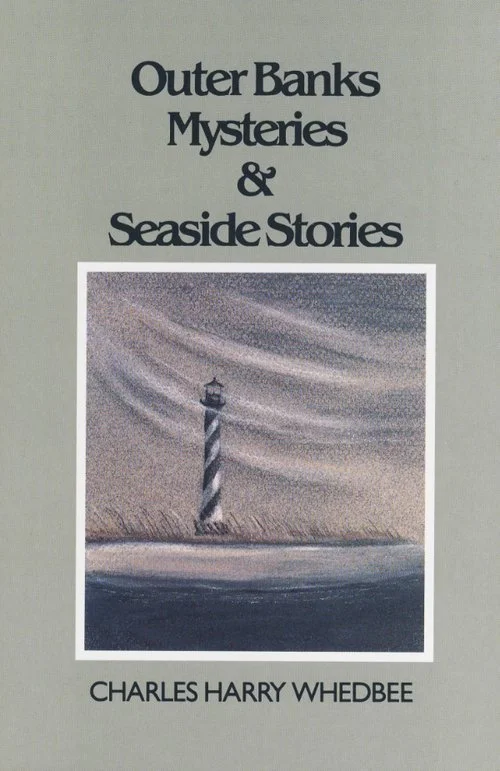Life of General Francis Marion, The
A Celebrated Partisan Officer, in the Revolutionary War, Against the British and Tories in South Carolina and Georgia
Brigadier General P. Horry
After the fall of Charleston during the American Revolution, South Carolina was devoid of any organized resistance to the British army. It was under these circumstances that Francis Marion organized his famous band of partisans. They resorted to hit-and-run tactics, operating out of the impenetrable swamps of the region. Every man and boy who joined Marion's force was a volunteer. Everyone furnished his own clothing and weapons. When Marion issued a call, his men left their farms and reported with arms in hand. Under Marion's clever direction, the band eluded British general Banastre Tarleton so frequently that he was recalled by Cornwallis. As Tarleton left, he remarked, "As for this damned old fox, the devil himself could not catch him." The nickname "Swamp Fox" stuck with Marion from then on. After the war, those who knew of Marion's exploits pressured Peter Horry, one of Marion's closest friends and an officer in his brigade, to write a biography of the hero. Horry later sent his manuscript to Mason L. "Parson" Weems, who had gained fame for his publication of The Life of Washington. Just as he had evoked poetic license with the story of young Washington chopping down a cherry tree, Weems took liberties to spice up Marion's story. Horry therefore disassociated himself from the book when it was published in 1824. William Gilmore Simms, who wrote a later biography of Marion, described Weems's efforts: "Weems had rather loose notions of the privileges of the biographer, though in reality, he has transgressed much less in his Life of Marion than I generally supposed. But the untamed, and sometimes extravagant exuberance of his style might well subject his narrative to suspicion." Recently, Hollywood has shown renewed interest in the life of the Swamp Fox, so it seems only appropriate that the first biography of this true American hero be made easily accessible once again. Marion's daring, cunning, and adventuresome spirit still inspire admiration over 200 years later. And although Weems may have taken some liberties with the facts, he sure tells a whopping good story.
From the South Carolina Hall of Fame: Peter Horry was born in South Carolina in 1743. In the late 1760s, Horry became a partner of Anthony Bonneau in the Georgetown mercantile firm of Bonneau & Horry but did not pursue a mercantile career. Instead, he became a planter and owned three plantations and 116 slaves. Active in the military during the American Revolution, Horry was a captain in the Second Regiment and was present at the Battle of Fort Moultrie. He was in command of the Fifth Regiments by 1780, after being promoted to major and then colonel. Uniting with Francis Marion in S.C.’s lowcountry, Horry commanded a regiment of light horse and was at the Battle of Quinby Bridge. Marion and Horry later preserved an important supply route together. After many years, Horry wrote a history of Marion’s Brigade and sent the manuscript for possible publication. Although Horry instructed it to be edited for style only, the editor fictionalized the manuscript and published it as "Life of Marion." Horry disclaimed authorship of the distorted work. Weems was born on October 11, 1759, in Anne Arundel County, Maryland. He studied theology in London and was ordained in the Protestant Episcopal Church in 1784. He worked as a minister in Maryland in various capacities from 1784 to 1792. Financial hardship forced Weems to seek additional employment, and he began working as a traveling book agent. Weems married Frances Ewell in 1795 and established a household in Dumfries, Virginia. He had a small bookstore in Dumfries that now houses the Weems–Botts Museum, but he continued to travel extensively, selling books and preaching.
Dumfries is not far from Pohick Church, part of Truro Parish, in Lorton, Virginia, where both George Washington and his father Augustine had worshiped in pre-Revolutionary days. Weems would later inflate this Washington connection and promote himself as the former "rector of Mount-Vernon parish".
Other notable works by Weems include Life of General Francis Marion (1805); Life of Benjamin Franklin, with Essays (1817); and Life of William Penn (1819). He was an accomplished violinist.
After the death of his father-in-law, Colonel Jessie Ewell (1743 - 1805), Weems assumed the Ewell family estate, Bel Air, located in Prince William County, Virginia, to partially satisfy debts owed to Weems. In 1808, Weems and his family moved into Bel Air, where he lived until his death. While on travel in Beaufort, South Carolina, Weems died on May 23, 1825 of unspecified causes. He is buried at Bel Air.












